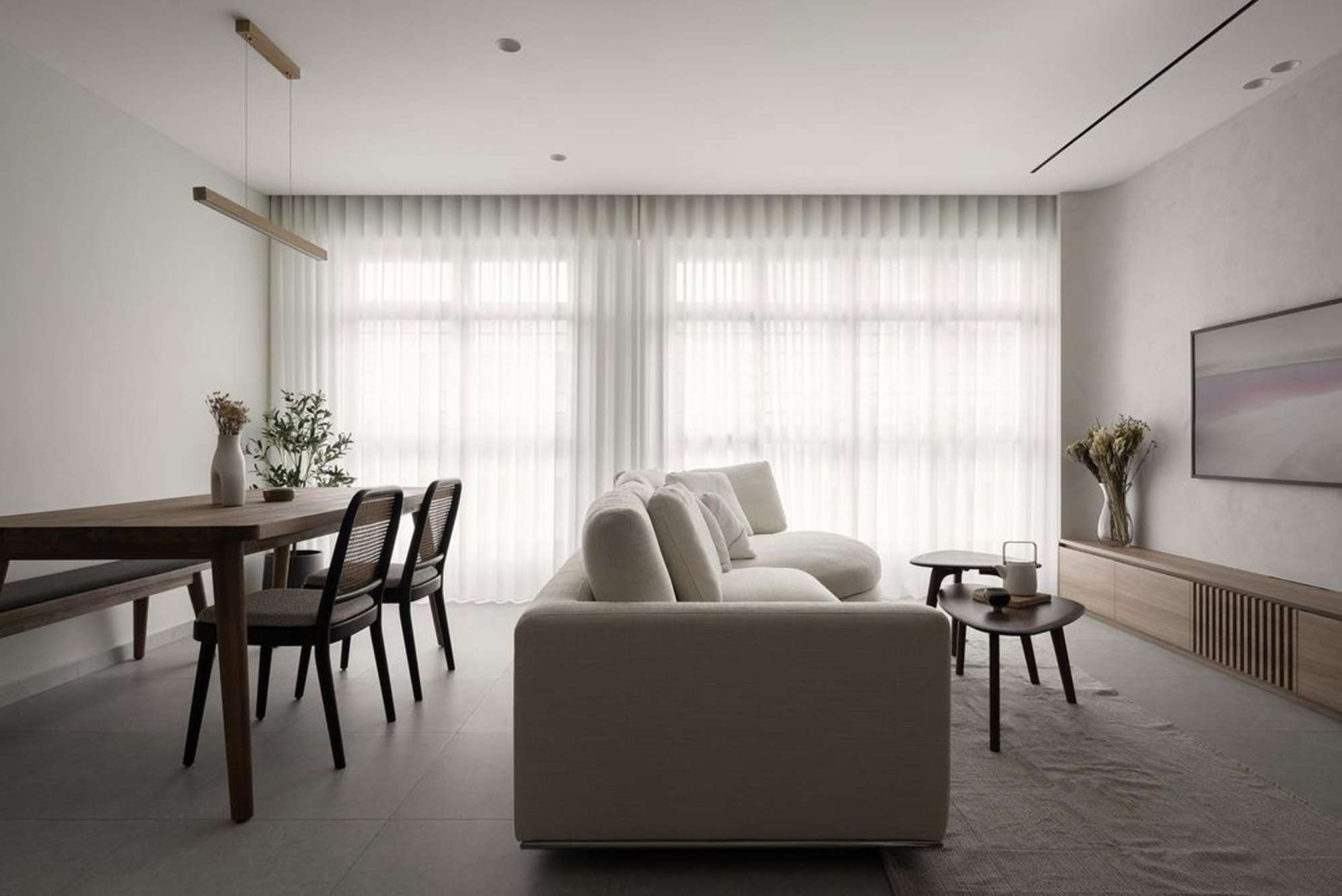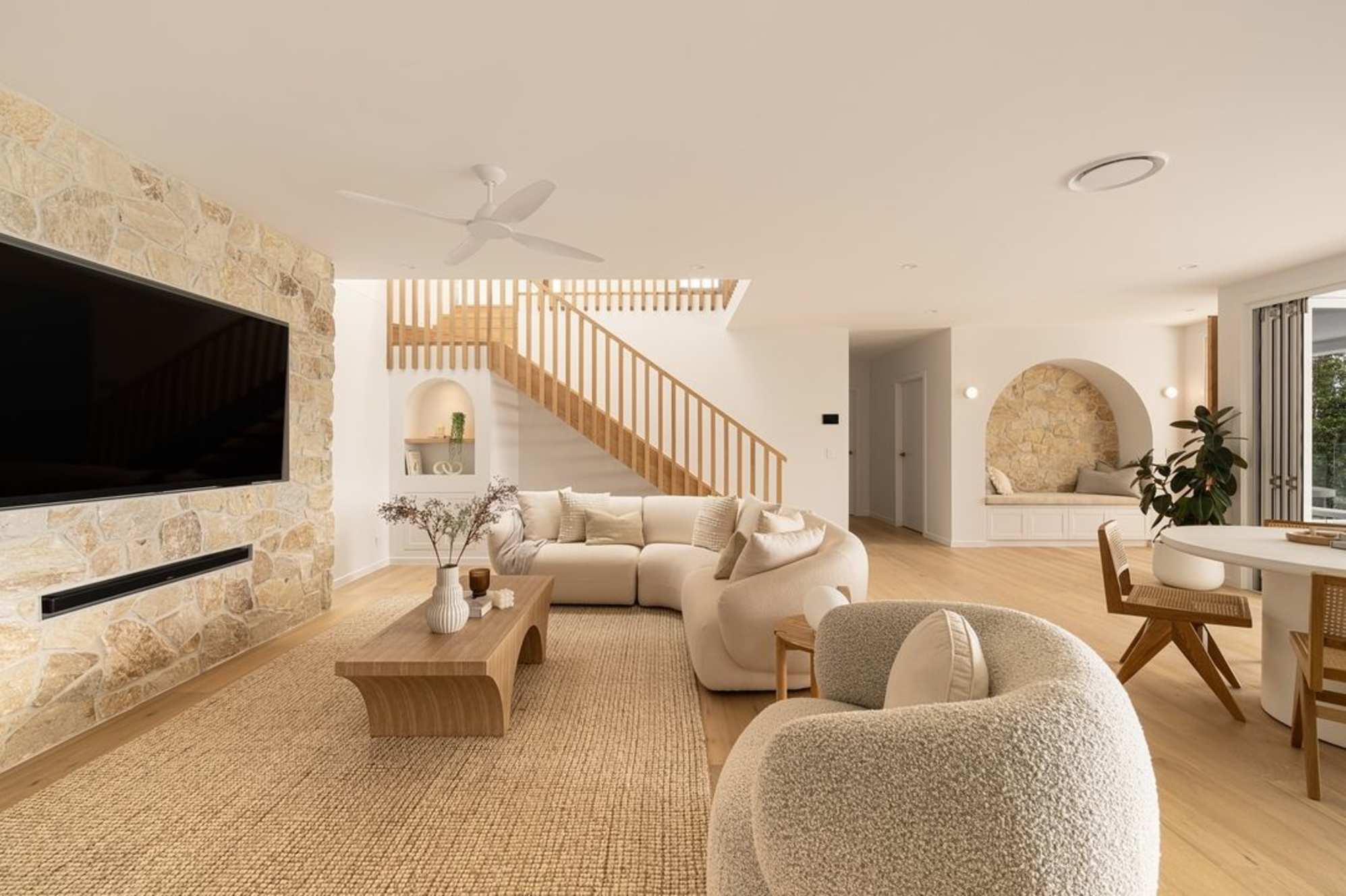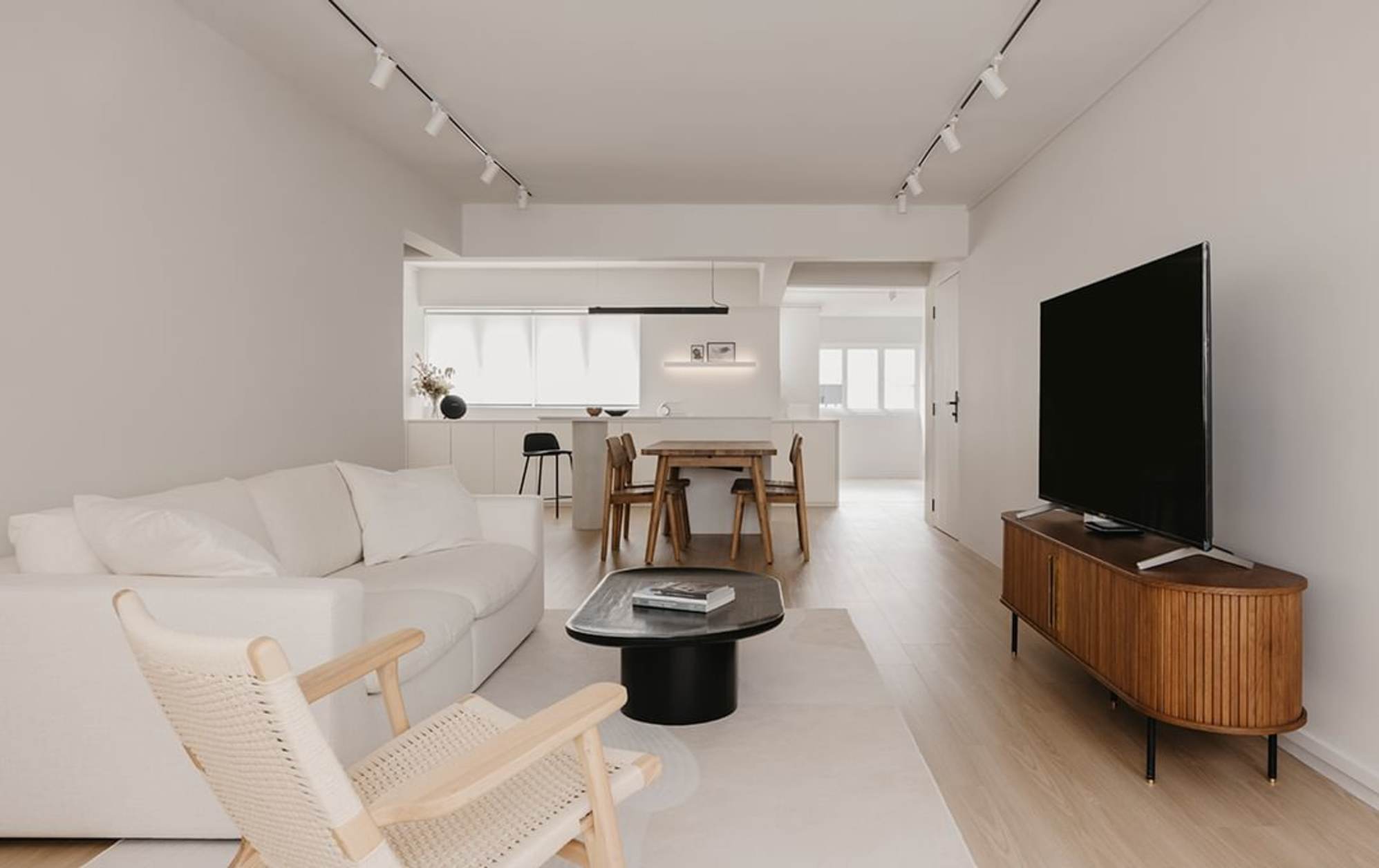
How to Style a Combined Living and Dining Room
A combined living room and dining room is commonly seen in smaller homes and apartments. When it comes to space planning, the shared space provides ample opportunities to get creative.
However, with great freedom there often comes great challenges.
Whether you have a small living room dining room combo or a more spacious area, such open-plan spaces requires some thoughtful planning and a keen eye for design. This ensures you keep the space functional without it being too empty or too cramped.
Let’s take a look at some ideas on how to decorate a combined living and dining room in your home!
1. Position your sofa as a natural divider
@eedesignandbuild makes use of the Hamilton Round Chaise Sectional Sofa to create a separation between the living and dining space.


Similarly, @luxmondi uses the Dawson Chaise Sectional Sofa to divide the dining and living areas.
Using your sofa as a divider to separate the living and dining areas is an excellent way to maintain separate zones without the need for walls or partitions.
Both Monica and the designers at E+e Design and Build cleverly use sofas to create functional separation. By placing the back of the sofa towards the dining area, the homeowner creates a clear visual and functional boundary. This delineates the living and dining space while still maintaining and open and cohesive home for relaxation and conversation.
You can also consider using a console table behind the sofa for added storage and a more defined separation. Ensure there's enough space for movement and that each area feels open and inviting.
2. Define each area with rugs
@casa.kerenjon uses a large area rug to create a defined living room space away from the dining area. Pictured: The Auburn Performance Fabric Chaise Sectional Sofa.

Rugs are a fantastic way to visually divide a combined living and dining room as they create distinct zones without the need for physical barriers.
For Casa Kerenjon and Juliana, they use rugs to create a clear boundary for the living area. This helps to separate it from the dining area without the need for physical barriers.
Furthermore, the rug anchors the furniture, making the seating arrangement feel cohesive and intentional. It provides a base that ties the sofa, coffee table, and other additional seating together into a unified grouping.
Recommended read: Ultimate Guide to Living Room Area Rugs
3. Harmonize color schemes
@everyday.home maintains a cohesive space with a neutral color palette within the living and dining area. Pictured: The Jonathan Extended Sofa.


@intr.studio keeps a mostly white white living and dining space, but adds pops of color with the Harper TV Stand and wooden dining table.
Oftentimes, you might want to mix different color schemes to create a visual separation between the living and dining area. However, if you’re not careful, this can cause the space to feel messy and overwhelming.
That said, a unified color palette helps blend the living and dining areas seamlessly and allows for a more natural flow from one area to the next.
The homes above feature a cohesive color scheme dominated by neutral tones, including shades of gray, beige, and white, with subtle accents of black and natural wood. This palette creates a sophisticated and serene atmosphere, tying the living and dining areas together seamlessly.
4. Use lighting to your advantage
In this open-concept space, @brownstoneboys uses a chandelier to bring both living and dining areas together. Pictured: The Marlow Performance Bouclé Curve Sofa.


@carpentersdesignsg uses both pendant lights and spotlights to illuminate the living and dining areas. Pictured: The Ethan Chaise Sectional Sofa, Seb Extendable Dining Table Set, and Seb TV Stand.
Another great way to style a combined living and dining room is to use lighting to your full potential. In the examples above, both homeowners used ceiling light fixtures when styling the space, but in very different ways.
Barry and Jordan strategically placed a chandelier between the living and dining areas, serving as a visual anchor that connects both spaces. This central placement draws the eye upwards, creating a sense of unity and cohesion.
On the other hand, designers at Carpentersdesign used pendant lights above the dining table and spotlights in the living room to provide focused illumination for each zone. The use of multiple types of lighting not only adds dimension to the space but also subtly separates each zone.
5. Create a balanced space
@thehouseofemmaline creates balance with symmetrical arrangements in the living area and maintains similar-sized furniture pieces between both spaces. Pictured: The Dawson Extended Sofa.


@tinadoodles keeps bold colors and patterns in the living room - keeping the dining area minimalist and clutter-free. Pictured: The Owen Chaise Sectional Sofa.
Creating a balanced space is crucial when styling a combined living and dining room. As both areas exist in one open space, creating balance ensures that neither area overwhelms the other and that the room feels cohesive and harmonious. It allows for both functional and aesthetic harmony, making the space more enjoyable and usable.
Taylor opts for furniture that matches in size and style, such as the chunky sofa and armchairs in the living area. She also matches the ottoman-turned-coffee table with the bar stools in the dining area, creating a cohesive space.
How Tina creates balance is by focusing on the bold and playful patterns and colors in the living area while keeping the dining space clean and minimalist.
Making your living dining room combo work
Styling a combined living and dining room requires a blend of creativity and practicality to create a space that is cohesive and visually appealing. Follow our tips above to create a cohesive and functional living dining room combo. Whether you’re entertaining guests, enjoying family meals, or relaxing after a long day, your home will be a true reflection of your style and functionality.

